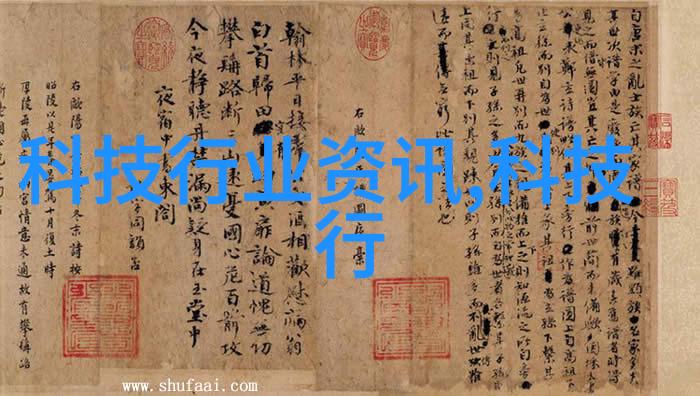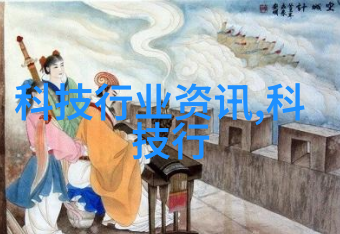金属阶梯环丝网填料与波纹填料的笑话之争
在金属加工领域,丝网填料和波纹填料是两种常见的不锈钢阶梯环材料。它们各有千秋,既有共同点也有区别,我们今天就来看看这两种材料之间的“笑话之争”。

首先,让我们聊聊丝网填料。这是一种由多层交织而成的金属网状结构,它们被设计用来提供强大的支撑力,同时保持空间内流体的自由流动。在不锈钢阶梯环中,丝网填料可以帮助提高其耐腐蚀性和承重能力。
然而,尽管丝网填料具有这些优点,但它也有一些缺点。例如,它可能会导致水流阻塞,因为小颗粒物质容易附着在其细小孔洞上。此外,由于其开口较大,这可能会限制对某些应用程序(如高精度滤膜)的使用。

另一方面,我们还有波纹填料。这是一种更为复杂的结构,其表面由一系列弯曲且紧密排列的小管子组成。这种设计使得它能够更有效地过滤出水中的颗粒物,并且由于其表面积相对较大,它通常能容纳更多的小颗粒。
不过,不同于丝网-fillled rings, wave-filled rings are not as effective at providing structural support. This is because the tightly packed tubes can make it difficult for fluids to flow through them freely.

In conclusion, both mesh-filled and wave-filled metal ladder rings have their pros and cons. The choice between them ultimately depends on the specific application requirements. If you need a strong and corrosion-resistant structure that can handle heavy loads, then mesh may be the better choice. However, if you prioritize filtration efficiency over structural integrity, then wave might be the way to go.
So there you have it – a showdown between two popular materials in metal ladder ring production! Each has its own strengths and weaknesses, but together they offer a range of options for manufacturers looking to create high-quality products with unique properties.

Now that we've had our fun with this "laughter debate", let's get back down to business: what do you think about these two materials? Do you have any questions or comments? Let us know below!



